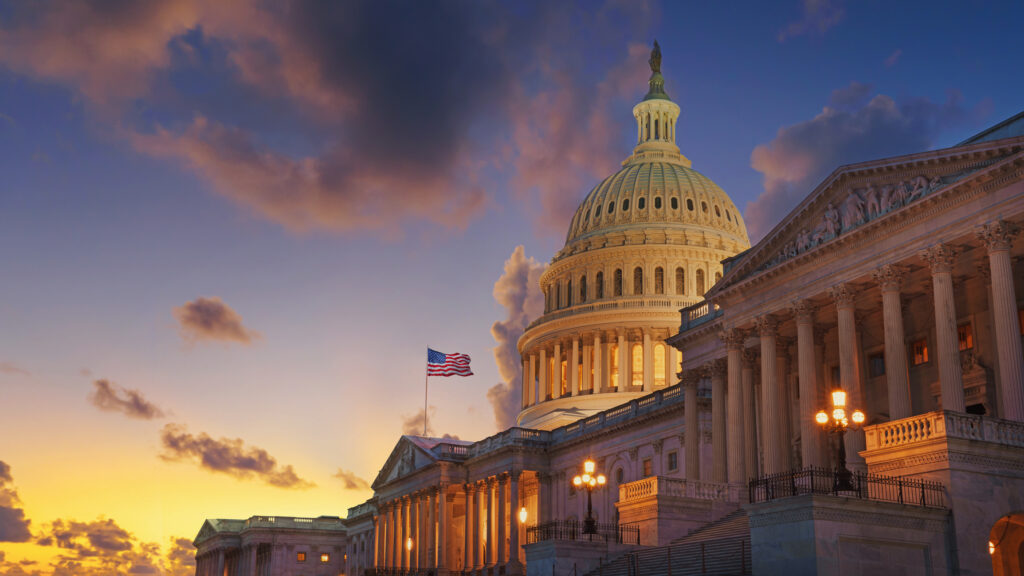Two Minnesota cities—one the largest in the state, the other a small town—have been considered good models for how municipal wi-fi programs can work since they launched. But the taxpayer-supported systems in Minneapolis and Chaska have ended up costing more than expected while delivering less than advertised.
The Minneapolis project began in 2006 when the city signed a 10-year agreement with USI Wireless of Minnetonka to build a “citywide” wi-fi system for the public and for city services. The project, which required a $20 million investment by the city, was supposed to be finished in 2008 and finally came fully online about a year past schedule because of technical problems.
After spending another $1 million on new transmitters to help boost the system’s weak wi-fi signals, Minneapolis is locked into a 10-year agreement to pay USI Wireless $1.25 million to maintain the service, which to date claims only 30,000 people use the free wi-fi.
‘A Waste of Money’
“I believe it is a waste of money,” said Jay B. Campbell, a systems engineer at the Chantilly, Virginia-based military intelligence tech company TASC, Inc. “That public investment really doesn’t make sense to me when the service is of such little quality.
“And taxpayers are responsible for paying the business,” he added. “I don’t like the idea of government propping up private industry.”
Mark Kelly, strategic policy outreach manager for the Heritage Foundation in Washington, DC, agrees. The private sector, not government, should be providing broadband infrastructure to municipalities, he says.
“Looking at Minneapolis, there appears to be no benefit for the city” for getting into the broadband business,” Kelly said.
Errors at the Start
Peter Nelson, a policy fellow at the Minneapolis-based Center of the American Experiment, notes the bigger of the Twin Cities made mistakes from the start, including their choice of when to start building the network.
“The Minneapolis service, when they built it out in the first year, had huge problems because they built it in the winter,” said Nelson. “In the spring, all of a sudden the leaves started growing and the connections didn’t work because the leaves were getting in the way.
“We have a lot to learn about wi-fi,” he added. “In most other big cities, it has failed.”
The list of cities where municipal wi-fi has failed to deliver on its promises of service to the public includes Philadelphia, Houston, Miami, and Cincinnati.
Wi-Fi Was Already Available
Nelson says the justification for building the $20 million-plus municipal wi-fi system was to allow “police and other emergency services [to be] connected to a wireless network so they have better communications.”
“And since we had to build it anyway, we might as well build it for the community to use, as well,” Nelson said. “I actually use the service in my home. It’s certainly cheaper.”
But criticism has arisen surrounding the fact USI Wireless will be making money on a wi-fi system set up to be free to the public. The city government, critics argue, could have just tapped into private broadband networks common throughout the city.
“When you look at it for the city of Minneapolis, when you look at the rationale of getting into [the broadband] business, it’s usually to fill a hole or void where there isn’t anyone meeting that demand,” he added. “But we already had cable, DSL, and a number of resources. It’s not like there was lack of Internet service providers in Minneapolis.”
Small-Town Failures
Although enough people in densely populated Minneapolis may eventually tap into the system for the city to argue it was worth the investment, it’s a different story in small towns. Chaska, a town of about 18,000 30 miles outside Minneapolis, created Chaska.net five years ago.
After an investment of $3.3 million, including $1 million to lay fiber, the system is still lightly used and plagued with connection problems. As of today, Chaska.net has but 2,100 customers paying $19.99 a month, and city leaders claim they will turn a profit of only $807 by the end of this year. The city, meanwhile, is still paying down debt on its initial investment.
“I don’t know whether they really did have good access to cable or DSL in service options back then, so they could’ve actually been serving a need that wasn’t being met by private companies,” Nelson said. “But I certainly doubt it’s the case now.”
Nelson noted another Minneapolis suburb, St. Louis Park, is probably the region’s most notorious muni wi-fi failure.
“They pulled the plug on wi-fi because it just wasn’t working,” he said. “The city totally mismanaged it and wasted a bunch of tax dollars on it.’
Decision Looms for Chaska
Meanwhile, Chaska City Administrator Matt Podhradsky says the city will have to determine whether to continue investing public funds in the lightly used system or sell the network to a telecommunications firm.
If the latter comes about, residents will be looking for the service to improve. Chaska
resident Greg Swan told the Chaska Herald he “loved the concept of city-wide [free] wi-fi,” but Chaska.net proved “too slow and not accommodating for a net-savvy household.”
Krystle Russin ([email protected]) writes from Texas.



